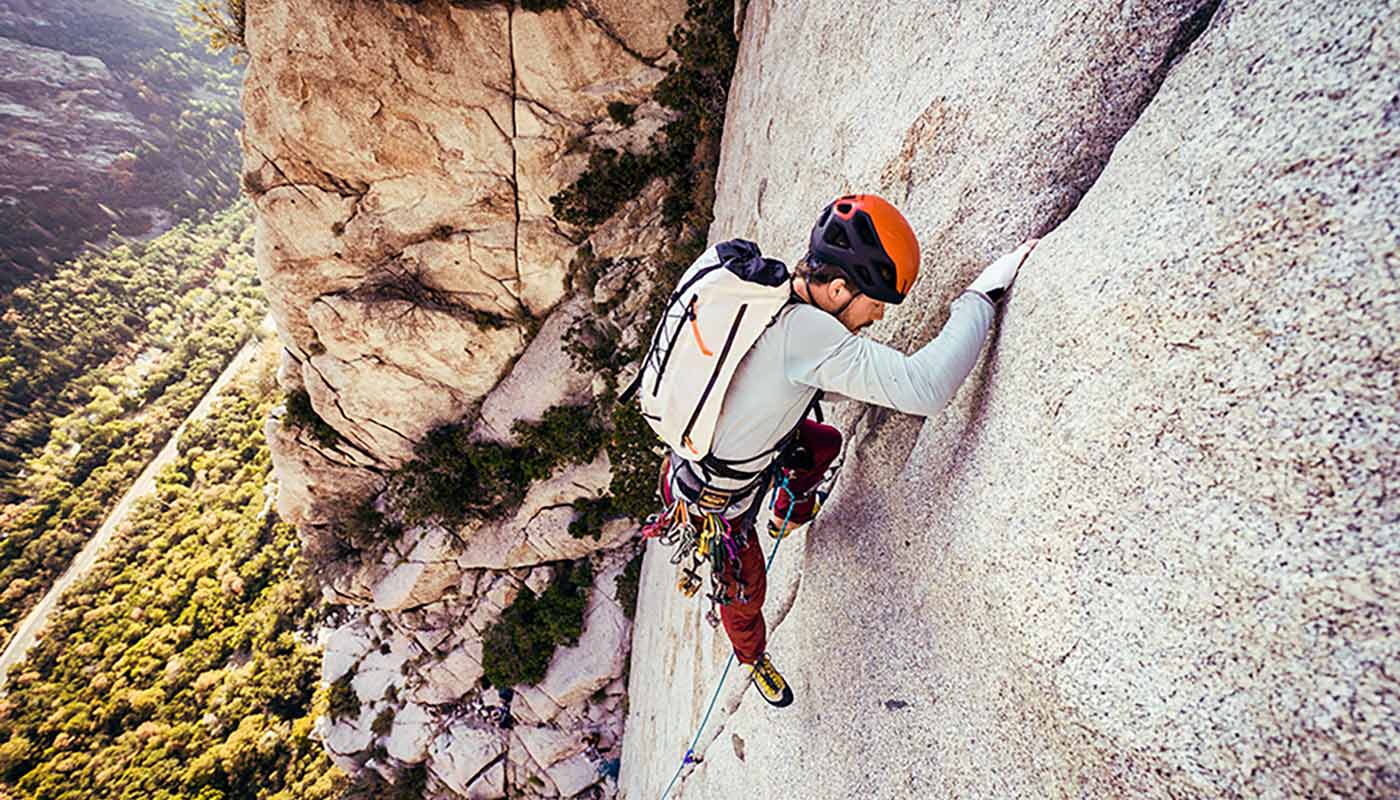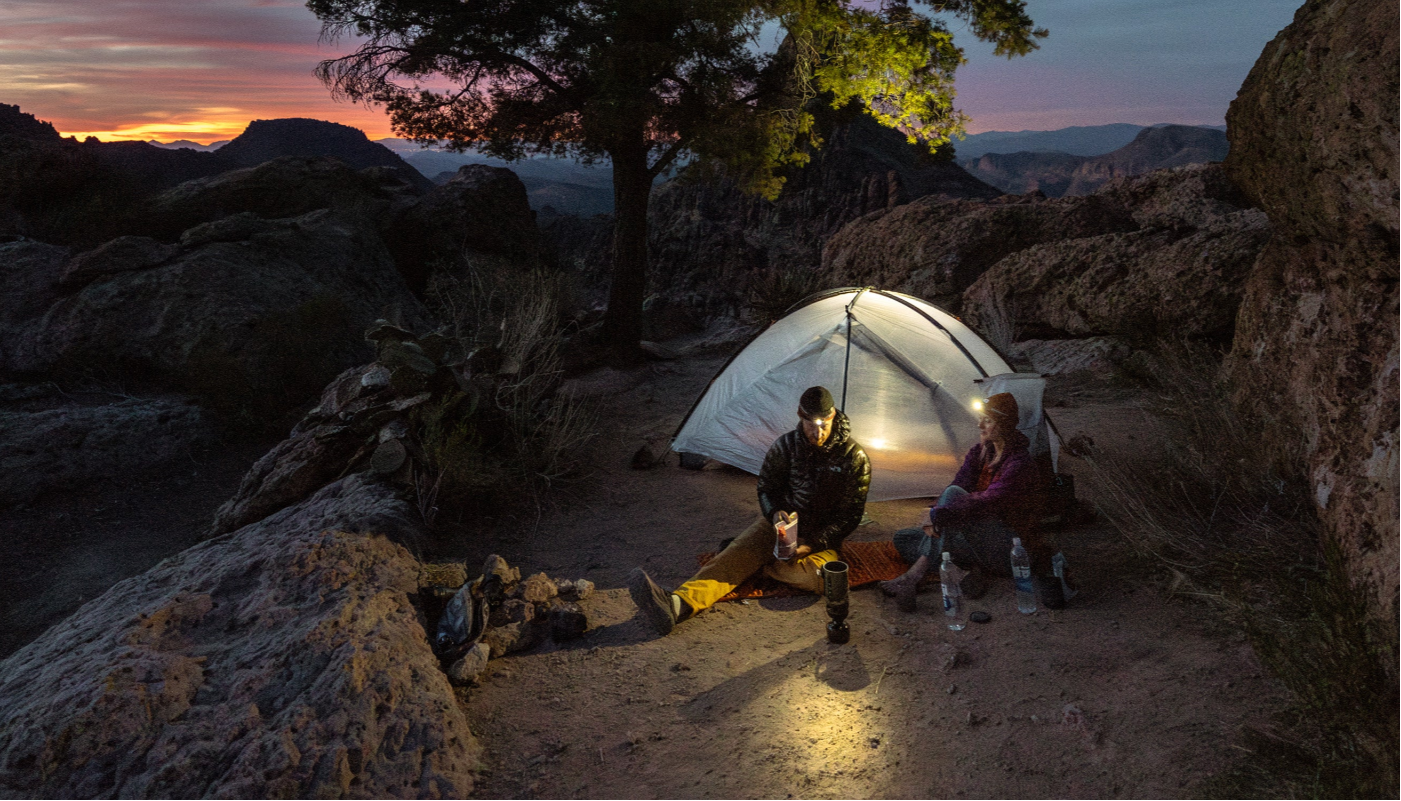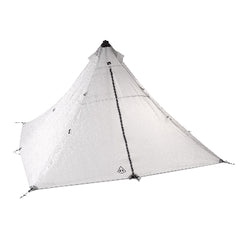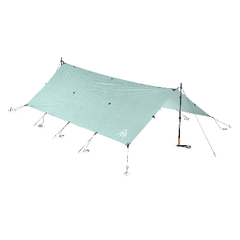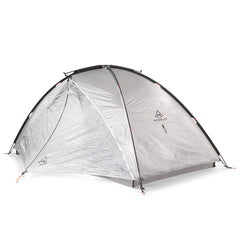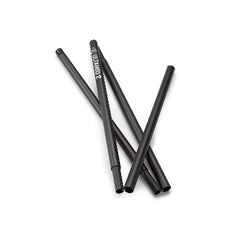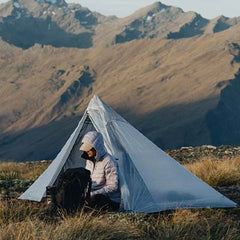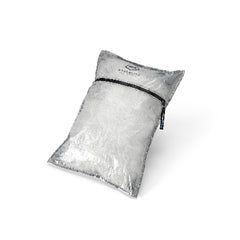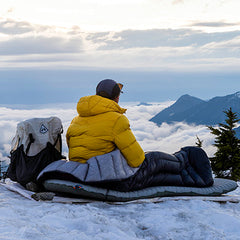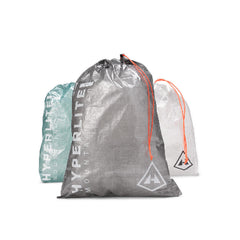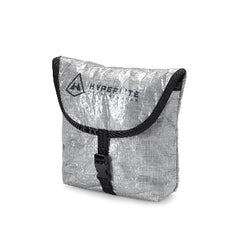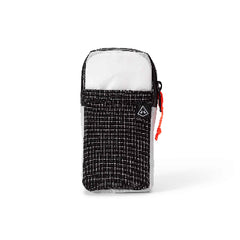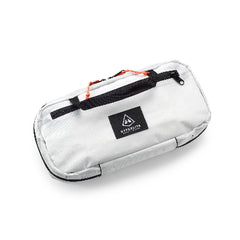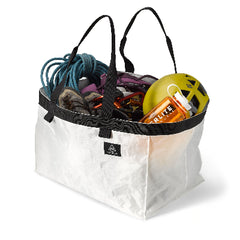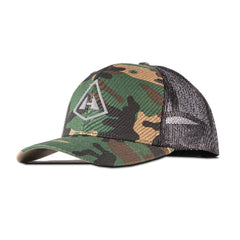Words and Photos by Samuel Naney @samuel_naney
When HMG’s grandmaster of content and marketing, Mark Sirek, asked me to explore the topic of mountain running and its evolution over time, I thought first, then, and now that I’m not the guy for the task. I’m a Nordic skier by training, spending the years from my early teens until almost thirty to chase a dream of competing at the highest international levels. I came up a bit short on that but learned a tremendous amount, enough to translate into my career now as an endurance coach for athletes ranging from trail runners to mountaineers to backcountry skiers. Along the way, I myself became enamoured of fast and light movement in the mountains. My approach with coaching mirrors my own passion for training and preparation: I imagine an athlete with a slew of different capacities (both potential and realized): aerobic fitness, muscular strength, technique and technical skills, risk tolerance, and more. If each of these capacities are represented by a dial on the athlete’s dashboard, how and to what degree should we turn each dial to optimize their abilities for a given objective?
In thinking specifically about the pursuit of mountain running, so much has changed even in just the last decade or so that I’ve been engaging in it, not to mention the last quarter-century and more. Gear advancements, mapping and navigational capabilities, and the simple reality of men and women pushing the bounds of what is possible in single and multi-day efforts all serve to redefine the sport over and over again. So, while I do not profess to be any sort of regarded expert in the field, what follows is my own interpretation of mountain running’s evolution in recent times, through the lens of what my heavy metal brother-in-arms Mark Sirek would affectionately refer to as “an amp-worshipping headbanger”.
Close your eyes for a moment and imagine: the year is 1977, and you walk into a smoke-filled, low-ceilinged bar in London or maybe Southampton, England. It’s not a main street dance club; those glitzed-up neon palaces are the bastion of disco and saccharine pop music, where the upper-class divas and beaus tap their platform shoes and wink to one another about their good fortune in having avoided the economic downturns of the 1970s. No, the bar you walked into is a working-class joint, cask ales and meat pies, and not really for dancing. You’ve long appreciated the steady drumbeat and coal-dark tones of heavy metal: that bedeviled, beguiling and reviled form of music that thrusts the horns of the devil against the establishment while bludgeoning its listeners with elaborate fretwork and melodies drawn from no less reputable sources as composers Bach and Vivaldi. You also recently sampled the growing punk rock scene; that chaotic churning screamfest of antithetical youth pushing lightning-fast and often simple riffs up against the throats of their government overlords.
But what do you hear when you walk into this dingy bar? The riffs are heavy, distorted, and LOUD. But the speed is faster, interspersing chord progressions with complex solo licks which pay homage to origins from blues-era Robert Johnson to the recent phenomenon Jimi Hendrix. The band you’re hearing? Iron Maiden. They’ll go on to sell over 200 million copies of their many albums, rack up countless awards, and be regarded as a foundation stone of rock ‘n roll.

Two years later, rock journalist and British music magazine legend Alan Lewis coined the term “New Wave of British Heavy Metal” to define bands like Iron Maiden, Diamond Head, Saxon, Def Leppard, Judas Priest, and many more. Bands that spliced the long-standing legacy of heavy metal with punk music, carving out their own stance in the music world amidst the mainstream commercialism of disco, glam, and radio-friendly pop. These NWOBHM artists were innovators, pioneers, adventurers on the edge of the known world, and while you may not like their specific songs, chances are you’ve found yourself enjoying a band or artist who draws significant influence from their work.
Progress doesn’t always happen this seamlessly, but when it does, it can reinvent an entire generation’s attitude toward something. Today’s mountain running scene represents a similar sort of new wave; what once happened on the fringes of the endurance world now fills the aspirational notebooks of thousands of runners, taking the vast aerobic capacities of a distance runner and the technical prowess of mountaineers and alpinists and blending them into a human-mountain goat hybrid machine, traversing singletrack and off-trail ridgelines nimbly and quickly.

This style of movement isn’t new; European mountain athletes have been quickly scrambling rugged terrain in the Alps and incorporating running approaches to climbs for decades. Peter Croft pioneered multiple alpine traverses across the Sierra and western US, capitalizing on a huge endurance base and deep technical prowess. And now the everyday runner aims for similar experiences, and the gear and training principles are lining up to support them. Instead of simply heading out on a polished trail for 10-15 miles, athletes are increasingly inspired to tag a peak along the way, or build in an off-trail section of ridge to connect two drainages for a more exciting and novel loop.
A useful question to consider, though: is this progress or just a tangent throwing some segment of the running population off-course? Plenty of music-lovers and members of the general public turned their noses up in disdain at heavy metal’s new wave in the late 70s and 80s; the mythical and even demonic themes to the lyrics and the loud, at times even (intentionally) discordant (ever heard of a tritone?) melodies were enough to turn off huge swaths of the listening public. Similarly and fairly, the more urbane trail runner can and should not be expected to snug up their laces a bit further and latch on to a 4th-class climb to summit a peak halfway through their workout. Is there an unreasonable expectation being leveled at trail runners to tackle objectives and styles meant only for a niche following?
The answer is both yes and no. In defense of this new wave of mountain running, there are myriad benefits to runners improving their technical skills and comfort in moderate exposure and off-trail terrain. The greater your capacity in these realms, along with your underlying aerobic fitness, the more confidently and faster you’ll be able to move when conditions and terrain are mellower. If you need a quick refresher on this concept, just remember the immortal and inspired words of Nigel Tufnel when he patiently demonstrates how his amp volume goes to “11”, one notch louder than everyone else’s, for when you need that extra bit. Bigger capacity = bigger output.
The other side of the coin is that this should not become the “new normal”, requiring runners previously unaccustomed to anything technical to don lightweight microspikes and nimbly scamper up glaciated peaks or traverse 4th-class ridgelines for breakfast. You do you, my friend. Just as punk and heavy metal vehemently proclaimed the sovereignty of the individual over the collected masses, so too should running in the woods and alpine reaches be entirely of one’s own choosing and not dictated by trends and expectations.
All that said, if these descriptions of high mountain ramblings fan flames of your aspiration, stay tuned for some future posts here on how to get yourself moving in the direction of the New Wave Of Mountain Running.

Samuel Naney has over two decades of experience as both a high-level competitive athlete and as a coach. He is the co-owner of Cascade Endurance in Mazama, WA, and while he's fast, a sweet metal riff will likely stop him in his tracks.
